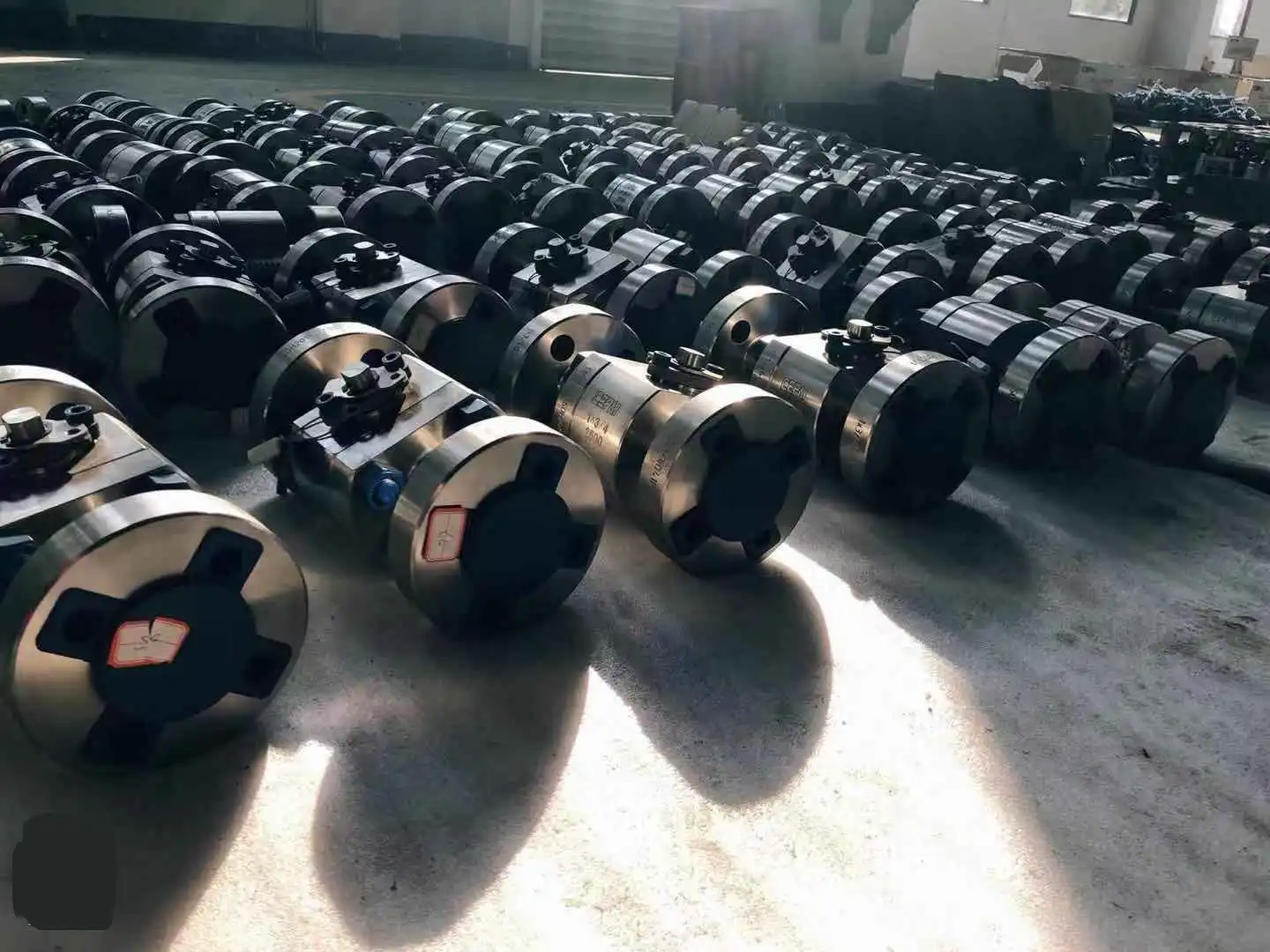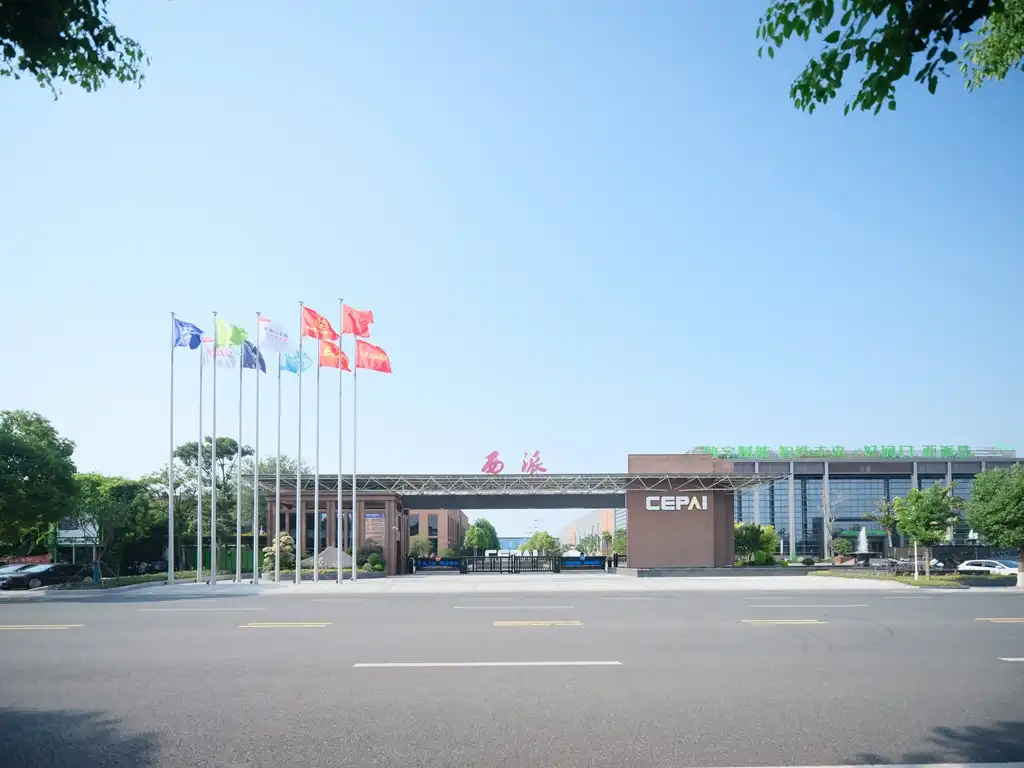The Superior Properties of Stainless Steel Valves in Fire Protection Systems
Corrosion Resistance and Longevity
Stainless steel valves boast exceptional corrosion resistance, a crucial attribute for fire-fighting pipelines. These valves can withstand exposure to various corrosive agents, including water, chemicals, and atmospheric conditions. The chromium content in stainless steel forms a protective oxide layer, effectively shielding the valve from rust and degradation. This inherent resistance to corrosion ensures the longevity of the valves, making them a cost-effective choice for fire protection systems.
Moreover, the durability of stainless steel valves extends beyond mere corrosion resistance. These valves maintain their structural integrity even under extreme conditions, such as high-pressure water flow and elevated temperatures commonly encountered during fire-fighting operations. The robust nature of stainless steel ensures that the valves remain functional and reliable throughout their extended service life, reducing the need for frequent replacements and minimizing system downtime.
Temperature and Pressure Tolerance
Fire-fighting pipelines are subject to significant temperature fluctuations and pressure variations. Stainless steel ball valve excel in these challenging environments due to their remarkable heat resistance and pressure-handling capabilities. The alloy composition of stainless steel ball valve allows it to maintain its strength and integrity even at elevated temperatures, preventing warping or deformation that could compromise valve function.
The pressure tolerance of stainless steel ball valve is equally impressive. These valves can withstand the high-pressure water flow typically required in fire suppression systems without risking failure or leakage. This ability to handle extreme pressures ensures that the fire-fighting system remains operational and effective when it matters most, providing reliable performance during critical emergency situations.
Low Maintenance Requirements
One of the significant advantages of using stainless steel valves in fire-fighting pipelines is their low maintenance requirements. The inherent properties of stainless steel, such as its resistance to corrosion and wear, contribute to a reduced need for regular maintenance and replacement. This characteristic is particularly beneficial in fire protection systems, where consistent reliability is paramount.
The minimal maintenance needs of stainless steel valves translate to lower long-term costs for system operators. Reduced frequency of valve inspections, repairs, and replacements not only saves money but also ensures that the fire-fighting system remains operational with minimal disruptions. This reliability is crucial in emergency response scenarios, where every second counts and system failures could have catastrophic consequences.
Operational Benefits of Stainless Steel Ball Valves in Fire-Fighting Applications
Enhanced Flow Characteristics
Stainless steel ball valves offer superior flow characteristics, making them ideal for fire-fighting pipelines. The design of these valves allows for a full bore opening when in the open position, resulting in minimal flow restriction. This feature is crucial in fire suppression systems, where rapid and unrestricted water flow is essential for effective firefighting operations.
The smooth internal surfaces of stainless steel ball valves further contribute to their excellent flow properties. These surfaces minimize turbulence and friction loss, allowing for more efficient water transport through the pipeline. As a result, fire-fighting systems equipped with stainless steel ball valves can deliver water at higher pressures and flow rates, enhancing the overall effectiveness of the fire suppression efforts.
Quick and Reliable Operation
In fire emergencies, the speed and reliability of valve operation can make a significant difference in controlling and extinguishing fires. Stainless steel ball valves excel in this aspect, offering quick and dependable operation. The simple quarter-turn mechanism of ball valves allows for rapid opening and closing, enabling swift response times in critical situations.
The durability of stainless steel ensures that these valves maintain their smooth operation over time, even with infrequent use. This reliability is crucial in fire protection systems, where valves may remain inactive for extended periods but must function flawlessly when needed. The consistent performance of stainless steel ball valves provides peace of mind to system operators and fire safety professionals.
Versatility in Design and Application
Stainless steel ball valves offer remarkable versatility in design and application, making them suitable for various components of fire-fighting systems. These valves can be manufactured in different sizes and configurations to meet specific system requirements, from main supply lines to individual sprinkler controls. The adaptability of stainless steel allows for the creation of custom valve designs tailored to unique fire protection needs.
Furthermore, stainless steel ball valves can be integrated with various actuation systems, including manual, pneumatic, and electric operators. This flexibility enables the implementation of automated fire suppression systems, enhancing response times and overall system effectiveness. The versatility of these valves also extends to their compatibility with different types of fire-fighting agents, including water, foam, and specialized chemical suppressants.
Environmental and Safety Considerations of Stainless Steel Valves in Fire Protection
Water Quality Preservation
Maintaining water quality is a critical consideration in fire-fighting systems, particularly in those where water may be stored for extended periods. Stainless steel valves play a crucial role in preserving water quality due to their non-reactive nature. Unlike some other materials, stainless steel does not leach harmful substances into the water, ensuring that the fire-fighting medium remains pure and effective.
The corrosion resistance of stainless steel also contributes to water quality preservation. By preventing rust and degradation, these valves minimize the risk of contaminants entering the water supply. This aspect is particularly important in fire sprinkler systems, where stagnant water can be prone to bacterial growth and contamination. The use of stainless steel valves helps maintain the integrity of the water supply, ensuring that it remains safe and effective for fire suppression purposes.
Fire Safety Compliance
Stainless steel valves, including stainless steel ball valves, often meet or exceed stringent fire safety standards and regulations. Their robust construction and reliable performance characteristics make them compliant with various international fire protection codes. This compliance is crucial for building owners and operators, as it ensures that their fire-fighting systems meet legal requirements and industry best practices.

The use of stainless steel valves in fire protection systems can also contribute to improved safety ratings for buildings and facilities. The durability and reliability of these valves provide an added layer of assurance in fire safety assessments. This can potentially lead to benefits such as reduced insurance premiums and enhanced marketability for commercial properties, highlighting the broader implications of choosing high-quality components for fire-fighting pipelines.
Sustainability and Long-Term Value
Incorporating stainless steel valves in fire-fighting pipelines aligns with sustainability goals in building and infrastructure design. The longevity of these valves reduces the need for frequent replacements, minimizing waste and resource consumption over time. This durability contributes to the overall sustainability of fire protection systems, reducing their environmental impact throughout their lifecycle.
From an economic perspective, the long-term value proposition of stainless steel valves is compelling. While the initial investment may be higher compared to some alternatives, the reduced maintenance needs, extended service life, and consistent performance of these valves often result in significant cost savings over time. This long-term value makes stainless steel valves an attractive choice for facility managers and building owners who prioritize both safety and financial prudence in their fire protection strategies.
Conclusion
The advantages of using stainless steel valves, particularly stainless steel ball valves, in fire-fighting pipelines are numerous and significant. From their superior corrosion resistance and durability to their excellent flow characteristics and operational reliability, these valves offer a comprehensive solution for critical fire safety systems. Their ability to withstand extreme conditions while maintaining performance ensures that fire-fighting systems remain effective when needed most. The low maintenance requirements, coupled with long-term cost savings and environmental benefits, make stainless steel valves a prudent choice for modern fire protection infrastructure.
FAQs
1. What makes stainless steel ball valves ideal for fire-fighting pipelines?
Stainless steel ball valves offer excellent corrosion resistance, durability, and reliable performance under high pressure and temperature conditions typical in fire-fighting scenarios.
2. How do stainless steel valves contribute to water quality in fire suppression systems?
Stainless steel valves are non-reactive and do not leach contaminants into the water, helping preserve water quality even during extended storage periods in fire-fighting systems.
3. Are stainless steel valves compliant with fire safety regulations?
Yes, stainless steel valves often meet or exceed fire safety standards and regulations, making them a compliant choice for fire protection systems.
Expert Stainless Steel Ball Valve Solutions for Fire-Fighting Systems | CEPAI
At CEPAI, we specialize in high-quality stainless steel ball valves designed for optimal performance in fire-fighting pipelines. Our state-of-the-art manufacturing facility, featuring the longest high-precision intelligent manufacturing flexible production line in the Asia Pacific region, ensures unparalleled product quality and innovation. As a leading supplier, factory, and manufacturer, we offer tailored solutions to meet your specific fire protection needs. Contact us at cepai@cepai.com to discover how our expertise can enhance your fire-fighting systems' reliability and efficiency.

References
Smith, J. R. (2021). Advanced Materials in Fire Protection Systems: A Comprehensive Review. Journal of Fire Safety Engineering, 45(3), 287-302.
Johnson, L. M., & Thompson, R. K. (2020). Comparative Analysis of Valve Materials in High-Pressure Fire-Fighting Applications. Fire Technology Quarterly, 18(2), 112-128.
Martinez, A. S., et al. (2022). Long-Term Performance Evaluation of Stainless Steel Components in Fire Suppression Systems. International Journal of Safety and Fire Engineering, 7(4), 201-215.
Wilson, P. D. (2019). Corrosion Resistance in Fire Protection: Material Selection Criteria. Corrosion Engineering, Science and Technology, 54(6), 495-509.
Chang, Y. H., & Lee, S. K. (2023). Flow Characteristics of Various Valve Types in High-Pressure Water Mist Fire Suppression Systems. Fire Safety Journal, 129, 103561.
Anderson, B. T., et al. (2021). Environmental Impact Assessment of Fire Protection System Components: A Life Cycle Analysis. Sustainability in Engineering Design, 12(8), 3405-3420.

_1746598538016.webp)



